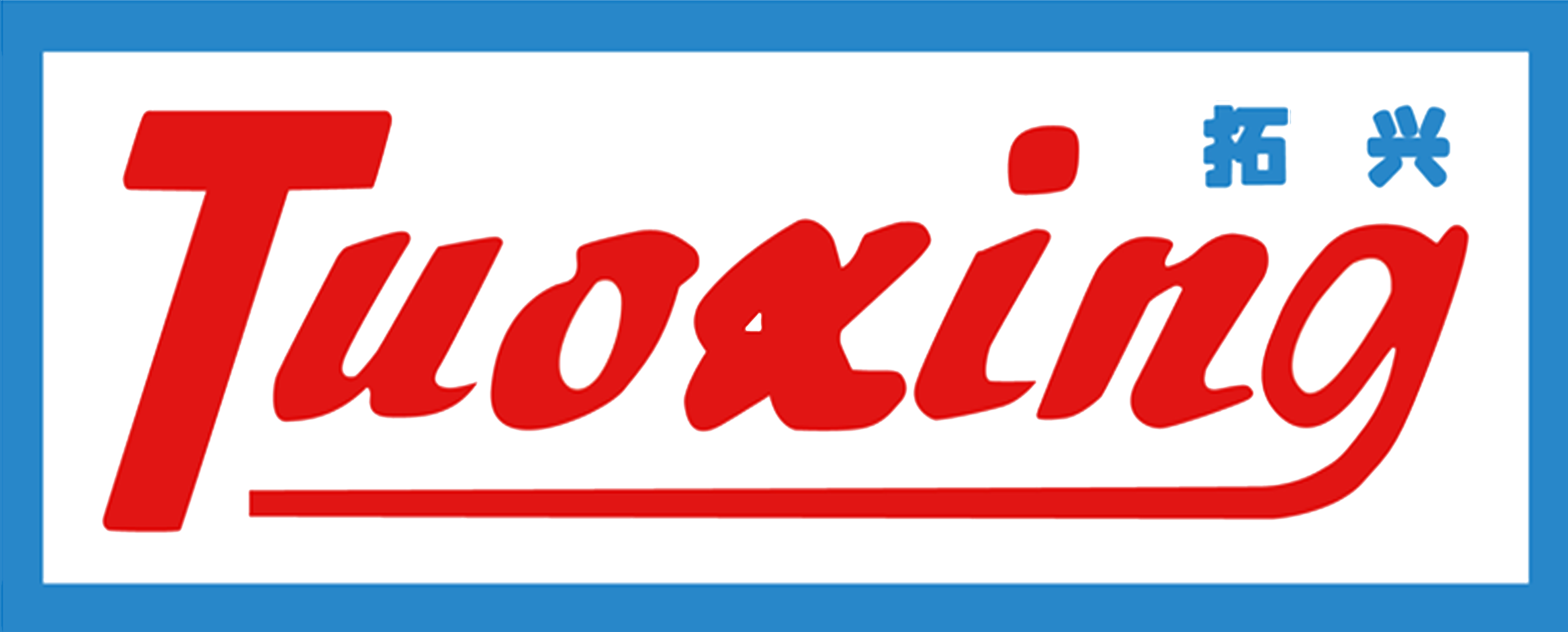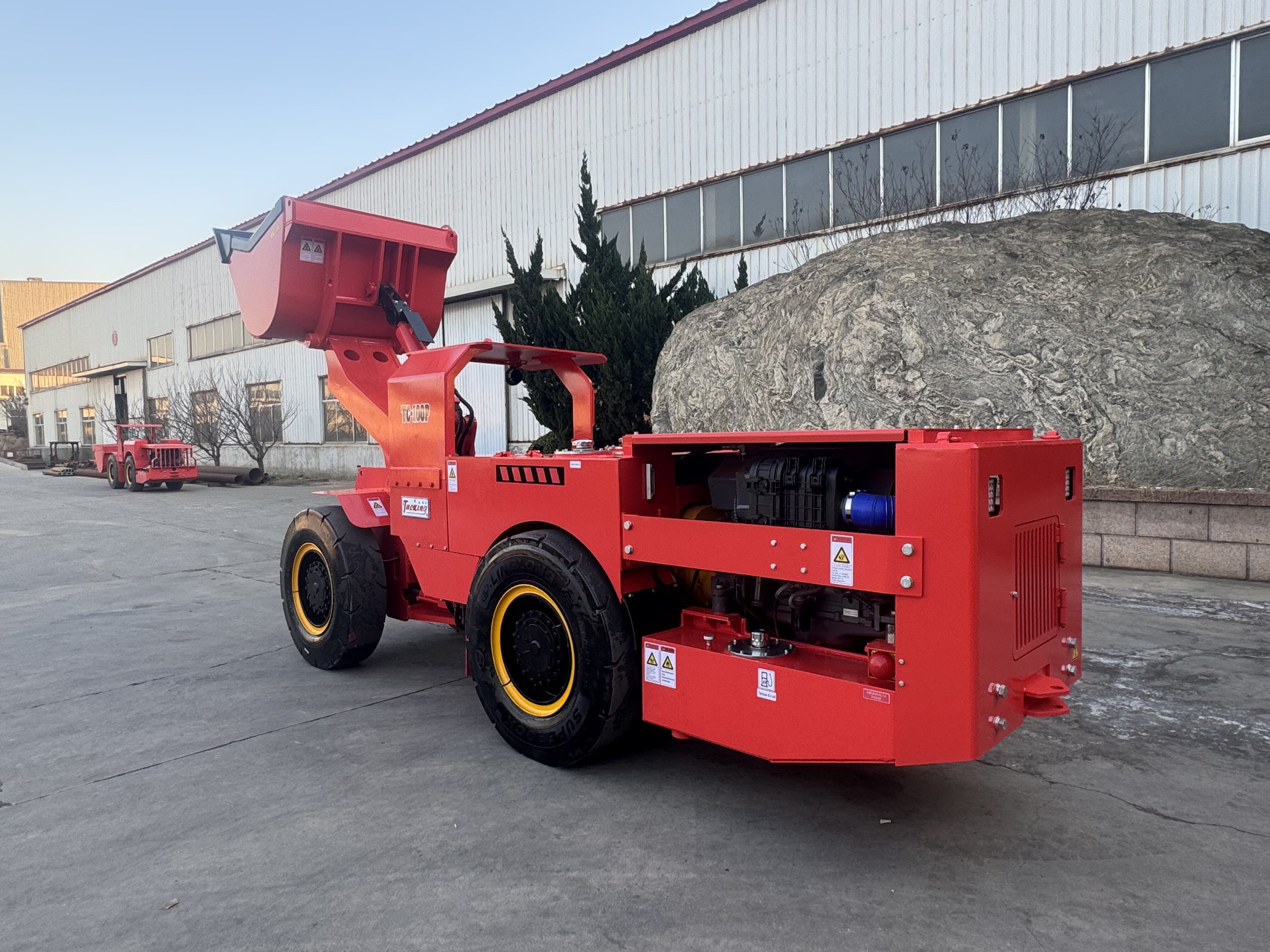Keeping underground transport equipment properly maintained produces essential results for operational safety and reliability and operational efficiency. Regular maintenance combined with upgrades becomes essential for this equipment to survive in harsh operational conditions so it can maintain its operational life and protect the investment. This paper focuses on hydraulic oil filtration improvement following rust prevention measures alongside periodic chassis component lubrication requirements.
Hydraulic Oil Filtration Upgrade
Underground transport equipment functions with the support of hydraulic systems because they supply power to multiple operational mechanisms. Time allows the entry of dust and dirt and metal fragments into hydraulic fluid which results in system failures alongside decreased efficiency and excessive wear of system components. The successful performance and equipment lifespan extension demands a replacement of the hydraulic oil filtration system.
As a main objective of advanced hydraulic oil filtration systems exists the capability to improve contaminant removal while achieving clean hydraulic fluid. Healthcare centers employing advanced filtration systems implement multiple filtration stages and high dirt capacity and enhance their filtration performance characteristics. A stronger filtration setup reduces the necessary frequency of oil replacements thereby cutting down both maintenance expenses and equipment operational interruptions.
The hybrid filtration system must be accompanied by scheduled inspections and maintenance procedures for hydraulicFluids. Regular fluid testing through sample analysis helps measure contamination levels and fluid water content as well as overall fluid health parameters. The aesthetic maintenance of hydraulic fluid together with immediate response to detected problems reduces both equipment failures and repair expenses.
Rust Prevention and Periodic Lubrication Specifications for Chassis Components
Rust along with corrosion presents enduring concerns for maintenance operations that support transportation systems beneath surface because mines and tunnels frequently exhibit unkind environmental conditions and dampness. The formation of rust causes metal structures to deteriorate thus creating dangerous conditions. The elimination of rust damage requires an extensive plan combining protective overlays and recurring metal lubrication processes.
Choosing appropriate corrosion inhibitors together with protective coatings forms the basis of rust prevention for chassis components. These applied protective layers function as protective barriers to isolate metal components from environmental damaging factors. The manufacturing industry provides recommendations about their preferred products that match the equipment materials alongside the predicted environmental conditions. The continuous protection of these coatings depends on regular inspections combined with necessary resurface applications.
Chassis components require lubrication as an essential element to maintain their good condition. The application of proper lubricants creates a smoother operation which decreases wear and tear and guards equipment from rust formation. Procedures for periodic lubrication need to be included in maintenance schedules with information about lubricant type and points for application along with necessary frequency.
Modern automated lubrication systems implement features that precisely dispense lubricants to vital areas through automated delivery systems which eliminates human mistakes and maintains the right lubrication levels throughout all components. Regular manual inspections become essential even though automated systems exist to find signs of deficient lubrication or system problems.
Maintenance personnel should keep track of current advances in lubricant technology. By using newly developed product formulations with improved characteristics the lubrication intervals become longer while maintenance operations decrease significantly.
Conclusion
Maintenance of underground transport equipment is a continuous challenge that requires vigilance, strategic plan and implementation of advanced solutions. Upgrade hydraulic oil filtration systems and adhere to strict rust prevention and lubrication specifications for chassis components are the necessary steps in ensuring the reliability and longevity of the equipment. By prioritizing these aspects of maintenance, operators can reduce downtime, reduce the cost of repair, and, most importantly, maintain a safe task environment for all personnel.
Through observance of continuous improvement and rigorous maintenance standards, underground transport equipment can also perform firmly in the most demanding conditions, ensuring that operations run smoothly and safely.

 EN
EN
 AR
AR
 CS
CS
 DA
DA
 NL
NL
 FI
FI
 FR
FR
 DE
DE
 EL
EL
 IT
IT
 JA
JA
 PL
PL
 PT
PT
 RU
RU
 ES
ES
 SV
SV
 TL
TL
 ID
ID
 LT
LT
 UK
UK
 TR
TR
 FA
FA
 AF
AF
 MS
MS
 GA
GA
 BE
BE
 HY
HY
 KA
KA
 EO
EO
 LA
LA
 SO
SO
 ZU
ZU
 KK
KK
 TG
TG
 UZ
UZ
 KY
KY
 XH
XH

